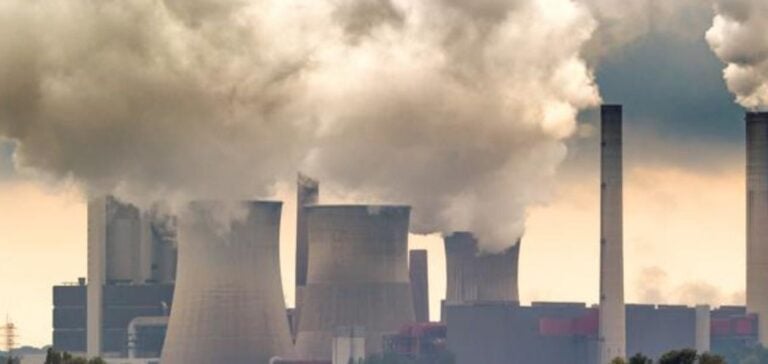In an energy context that has been disrupted in recent years, with the war in Ukraine putting a strain on gas supplies, and numerous nuclear reactors shutting down in France, the old Émile-Huchet coal-fired power plant in Saint-Avold had to be re-commissioned to ensure the security of the electricity supply, particularly during winter peaks in consumption. Coal, which has been neglected in France in recent years, appears to be a necessary alternative for European countries. But the plant, a major CO2 emitter, was initially condemned to closure due to its harmful environmental impact.
Employee uncertainty and concern
It was against this turbulent backdrop that President Macron announced in September 2023 the definitive closure of France’s last two coal-fired power plants by 2027, including Saint-Avold, with a planned conversion to biomass. But despite these presidential announcements, the 150 or so GazelEnergie employees at the site remain in total uncertainty about their professional future. A project to convert the plant to produce renewable, low-carbon hydrogen was intended to ensure a transition, but it seems to have stalled at the level of the Ministry of the Economy, which is holding back on its European component to supply the German steelmaker SHS. “Dialogue has broken down with GazelEnergie on this issue,” laments a union representative.
Elected representatives call for a roadmap
Faced with this impasse, several hundred local councillors decided to write to Emmanuel Macron directly, demanding “a clear roadmap” for the future of the Moselle plant. “For months, the government has been dithering, but now it’s urgent”, insist these members of parliament and mayors, referring to the “worrying situation” of employees and subcontractors. They are calling for concrete implementation of the “presidential decarbonization commitments” to biomass by 2027.
Industrial action and site blockage
Exasperated by the lack of prospects, the plant’s employees decided to take action by blocking the site and its accesses on Tuesday afternoon following a stormy general meeting. A fire of pallets and tires was set. “Nothing’s moving, we’re not going to let ourselves die like this”, say union representatives, who are calling for the Minister for Industry to come “as soon as possible” with “something concrete”. At the end of April, a 6-month renewable strike notice was issued, illustrating the anger and concern of employees who fear for their long-term future if the site closes without a viable conversion solution.






















